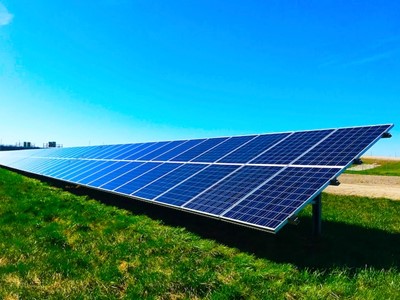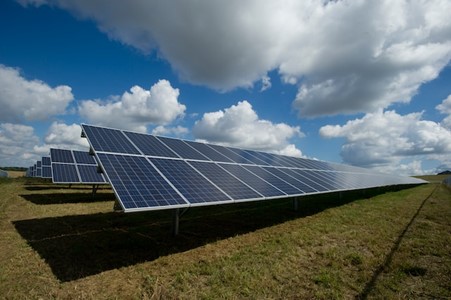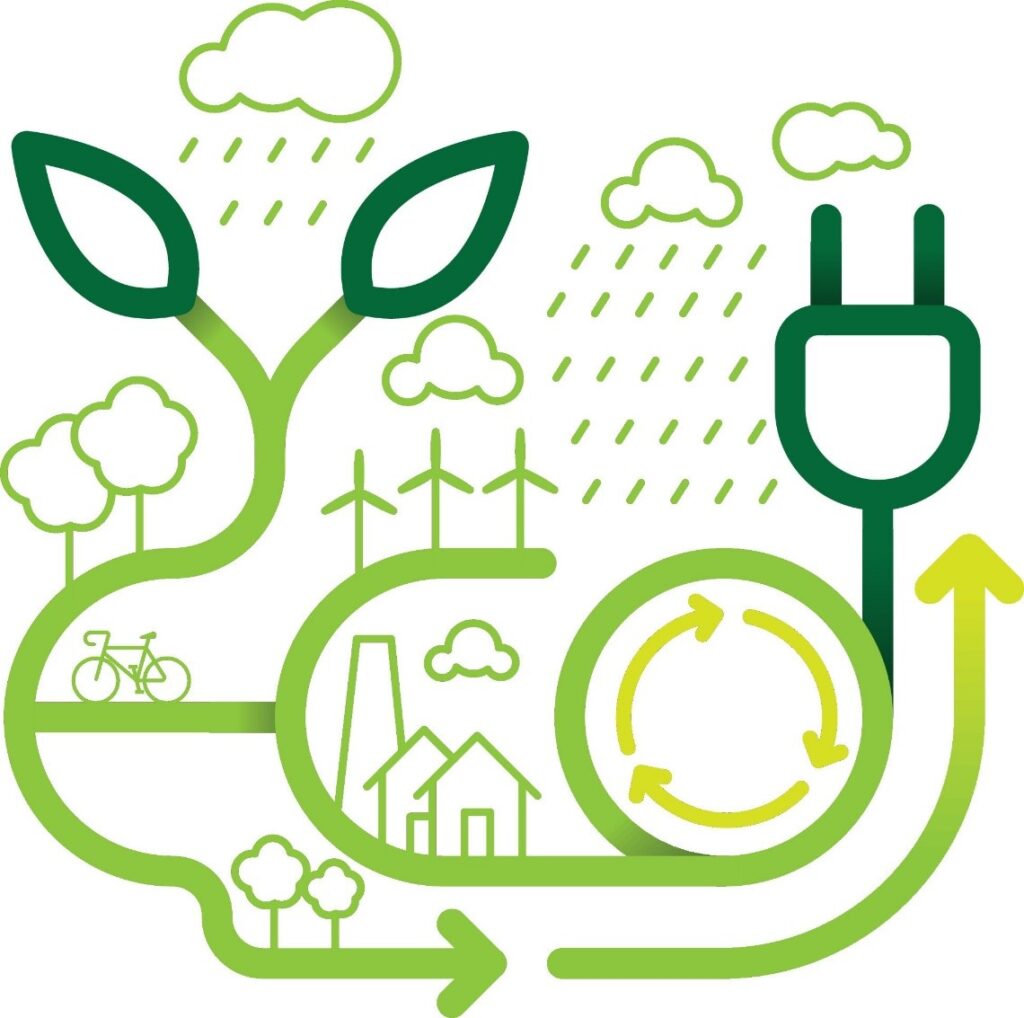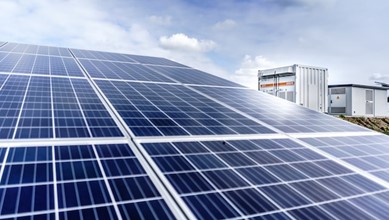
Solar energy is one of the best sources of sustainable power. The industry is able to meet 7 of the 17 goals set out by the UN. These include affordable and clean energy, decent work and economic growth, industry, innovation and infrastructure, sustainable cities and communities, responsible consumption and production, climate action, and partnerships for the goals.
USA Clean Energy Association discusses more about how the solar industry contributes to sustainable development goals, below.
Sustainable Development Goals in More Detail
The Sustainable Development Goals (SDGs) were put in place by the member states of the United Nations in 2015. It aims to provide a way in which a combined effort to improve poverty, healthcare, and the climate can help to create sustainable development globally. It comprises 17 goals, each relating to different key issues.
How the Solar Industry Meets These Goals
Affordable and Clean Energy (SDG 7)
One of the most prominent sustainable development goals that solar energy production meets is affordable and clean energy. Thanks to rapid technological advancement in the sector, solar power generation has become much more accessible, and the technology is much more affordable.
The ability of solar panels to be placed in remote areas also means that they can help poorer areas to be able to access a clean energy source where before they may have been off the grid or had to rely heavily upon fossil fuels.
Decent Work and Economic Growth (SDG 8)
The industry has created numerous job opportunities, including in the manufacturing, installation, operation, and maintenance of solar energy systems. This promotes economic growth and contributes to the creation of new roles that are suitable for a fossil fuel-free world.
Industry, Innovation, and Infrastructure (SDG 9)
The development and deployment of solar technologies drive innovation in the energy sector, leading to improved infrastructure for generating and distributing electricity. This enhances energy efficiency and promotes sustainable industrialization.
Sustainable Cities and Communities (SDG 11)
Solar energy supports the development of sustainable cities and communities by providing clean power sources for buildings, street lighting, and transportation. Solar panels can be integrated into urban infrastructure, such as on street lights or installed on new buildings, reducing dependence on centralized power grids.
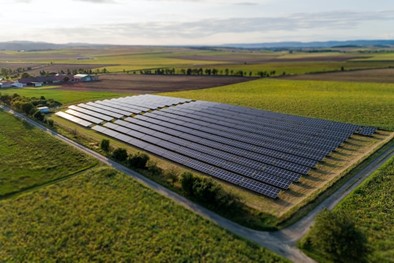
Responsible Consumption and Production (SDG 12)
Solar energy contributes to responsible consumption and production by promoting clean and sustainable energy sources. It reduces reliance on finite resources, minimizes environmental impacts associated with the extraction and combustion of fossil fuels, and supports the transition to a circular economy.
Climate Action (SDG 13)
The solar industry plays a pivotal role in combating environmental challenges. In stark contrast to the oil and gas sector, notorious for emitting substantial quantities of CO2 and other detrimental greenhouse gases, solar energy emerges as a pristine and sustainable source of power.
Embracing solar energy as an integral component of our path towards sustainability holds the potential to alleviate and even reverse the adverse consequences of our current environmental predicament.
Partnerships for the Goals (SDG 17)
The solar energy industry requires collaboration and partnerships between governments, businesses, civil society organizations, and international entities to be able to ensure that it is able to be adopted and developed successfully. These partnerships also foster knowledge sharing, investment, and policy development.



